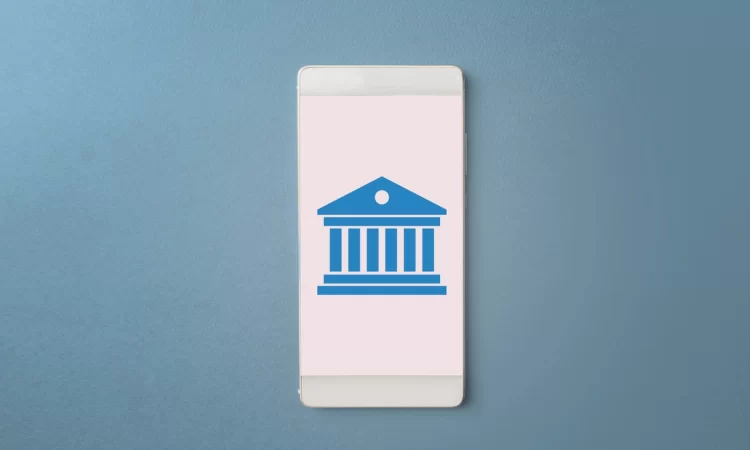
If you’re still relying on in-person banking services, it might be time to open an online account. Soon, you may not even have a choice.
That’s because the nation’s largest banks are shutting down branch locations in droves. Last year, 2,454 bank branches closed, according to S&P Global Market Intelligence. As of December, the number of bank branches in the U.S. had shrunk by more than one-fifth compared to 2009.
More have closed since then, too. Between Bank of America, Chase, US Bank, Capital One, PNC Bank, Wells Fargo and TD Bank, another 400-plus have already closed in 2024. (Wells Fargo leads the pack with at least 88 bank closure filings, according to the Office of the Comptroller of the Currency.)
High interest rates have begun cutting into bank profits, which could mean still more Americans may see their nearest bank branch close its doors. “Banks have recognized that their physical footprint does not need to be as large today,” says Nathan Stovall, head of financial institutions research, at S&P Global Market Intelligence. “As revenue pressures persist, banks likely will continue to shrink branch networks.”
But while losing your neighborhood branch may be inconvenient, the broader trend reflects how many Americans prefer to manage their money. Online banks offer a hard-to-beat combination of higher interest rates and lower fees. As digital banking apps continue to improve, it’s often faster and easier to simply pull out your phone for most transactions, experts say.
“Those who can get themselves comfortable with online banking are going to get rewarded,” says Chuck Failla, a financial advisor based in Stamford, Conn.
When to switch to an online bank
Gone are the days when opening a new account meant bringing your driver’s license and paper documents to a bank and waiting in line for a teller.
Now, you can open an account online in less than half an hour with your Social Security number, date of birth, address, and an account number or debit card number to make an initial deposit. You can also deposit a check, transfer money, buy a certificate of deposit and more without having to leave your couch.
“The list of things that you need to do in a branch keeps getting shorter and shorter,” says Jim Perry, a senior strategist at Market Insights, a consulting firm for banks.
Aside from the obvious benefit of digital banking saving you travel time and energy, online banks have lower overhead that frequently translates into better terms for financial products.
For checking accounts, that means skipping monthly fees that can eat away at your paycheck.And for savings accounts it means higher interest rates. While the average national rate on savings accounts is just 0.45%, many online banks are offering rates above 5%.
Poppy Bank and BrioDirect—two online banks that made Buy Side from WSJ’s monthly round up of the best savings account rates—are currently offering 5.5% and 5.35% annual percentage yields on their high-yield savings accounts.
“There’s really no reason for someone not to be getting at least a 4.5%-to-5% yield…these days,” Failla says.
When to stick with a branch network
While online banking offers many perks, there are people for whom ditching a physical branch wouldn’t make sense, like some small-business owners. The owner of a neighborhood restaurant or pizzeria, for example, may be better off bringing their cash to a bank at the end of the day as opposed to paying an armored car service to come pick it up, Failla says.
People who frequently need to exchange foreign currency may also want to keep the in-person option, he adds.
But many of the activities you are accustomed to doing at your bank can likely be done elsewhere or digitally. If you’re only sticking with your physical bank for notary services, you can visit a UPS store instead, points out Anna Sergunina, a financial advisor based in Los Gatos, Calif. Don’t live near a UPS store? The National Notary Association’s website has a list of other options.
Of course, there are some people who just prefer the in-person experience of visiting a physical branch. If that’s you, consider opening an online account in addition to your traditional bank so that you can take advantage of higher saving rates online banks offer, Sergunina says. You should be able to link the accounts to easily shift money back and forth. This can also give you a chance to try out doing some of the banking activities you’re doing at a branch with an app instead.
“You can do a lot of these things on your phone or your computer—I’ll take that any time versus having to walk or drive somewhere to do the same thing,” Sergunina says. “It just makes your life a lot easier.”
Got a money question? Let Buy Side find the answer. Email money@buysidewsj.com.
Include your full name and location, and we may publish your response.





